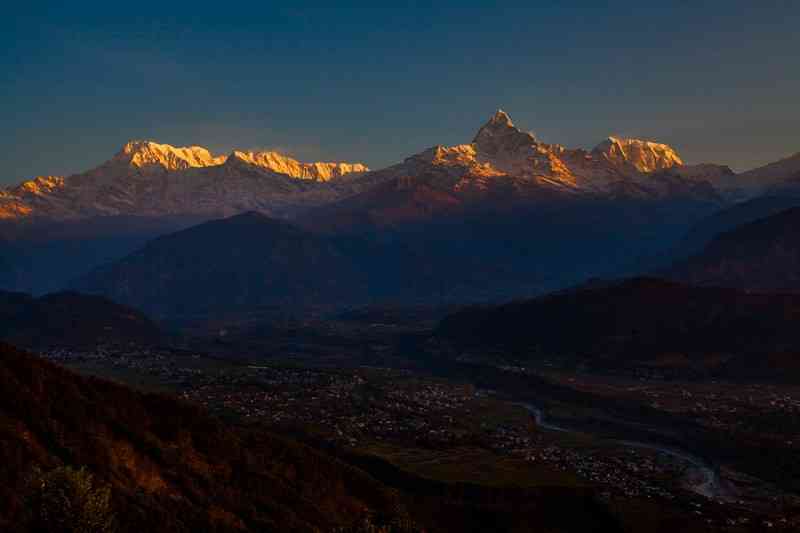
sheldon national wildlife refuge
景点印象
coquiOmaha
We tented at the main campground for one night. The campground has a hot spring that you can wade into, which was nice. The volunteer resident at the campground was very nice and helpful and gave us good information on where in the refuge to find the various wildlife. We drove around and did some hiking and found some burros, jackrabbits, and a bunch of different birds. We heard some coyotes yipping early in the morning. We didn't see any pronghorns in the refuge though we did see several just outside the refuge. The kids each found a nice opal on the ground near our camping site. This area is very remote so make sure to bring food and have plenty of gas in your car.
212mollieb
Anyone who hasn't been to Denio (which is probably most people) should definitely make the trip. I drove from Elko on what was mostly beaten up backroads which to me was part of the fun and adventure. I made three stops on my trip. The first was the Sheldon National Wildlife Refuge. I had no idea I would be driving through this to get o my final destination which was the Royal Peacock Opal Mine. This resevere is amazing. It was hard to believe that after driving what felt like forever in the middle of nowhere I turned into this awesome refuge with pronghorn everywhere and several wild horses. Not only was the wildlife and nature beautiful but there was also plenty of great camping spots. After driving through the refuge I came across the Royal Peacock Opal mine which was my intended destination. Royal Peacock is an old surface opal mine where visitors can go and pay to mine for opals and keep what they find. It was a lot of fun. It's family run and the owners did a great job explaining how to find the opals and then let mine all day. It was a great experience. On the way home I stopped at the first gas station I saw which happened to have a greasy spoon diner in it. I stayed to eat and was served possibly the best sandwhich I have ever had. This is a definitely a trip worth taking.
oldpo
In 6 hours of travel on the Adel-34-34A-8A loop we saw two other vehicles. They were parked, one for fishing and one for hiking. Unfortunately for us the creature features were also a bit sparse. Some birdlife, a few wild horses, but nary a pronghorn to be seen anywhere. The roads were in excellent condition, gravel but quite wide with very little washboard. This is a place where your imagination can immediately take you back a few hundred or a few thousand years. If Nature cooperates you will see things like they have been for a very long time.
MonkeyOnTheWing
Spread out across the vast upland plains of America's Outback west of Denio, Nevada lies the Sheldon National Wildlife Refuge. Dedicated primarily to the sustainability of some of the nations largest and healthiest herds of wild pronghorn antelope, Sheldon benefits from its remoteness, varying habitats and lack of competition with human endeavors. Old road maps from the 1940s and 50s, which I collect, showed only dirt roads in this part of Nevada and included a rare but amazing cartographic note such as "The last of the once great herds of American antelope roam these plains". It would be a good idea to phone ahead to the small refuge headquarters a few miles off Route 140 to check if they are open. Their website at http://www.fws.gov/sheldonhartmtn/Sheldon/visit.html provides a detailed and helpful Refuge map. You will find that Nevada State Route 140 is the only paved highway through the Refuge area. Most of Sheldon's roads are of reliable gravel surface that can be driven, with care, by most passenger cars. Four-wheel drive is recommended, however for most canyon and mountain country roads. Even if you stick to Route 140 like I did, you will still be able to pull over, and if quiet, you can glimpse dozens of buff-colored pronghorns resting among the sage. Route 140 for the most part is totally unconstrained with no fences, power poles or other visual intrusions. Safety and security notes: Supplies are limited in this vast area. Be sure to stock up in either Denio or Lakeview, Oregon on gasoline, water, snacks or other provisions. The Refuge is otherwise quite safe except for the hot springs around which you will need to be cautious. Winter travel is not recommended as drifting snow can become hazardous.Bottom line: Though the Refuge is pretty much 'off the radar', it is still worth checking out if you are in The Outback. I recommend you stop at least a couple of times along 140 to view wildlife when passing through this territory.


